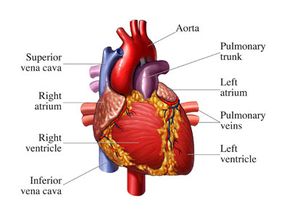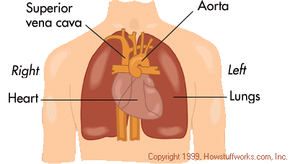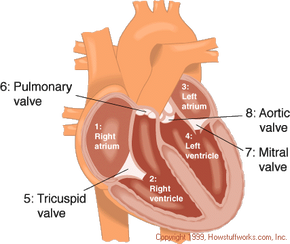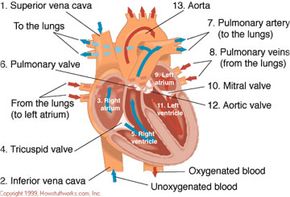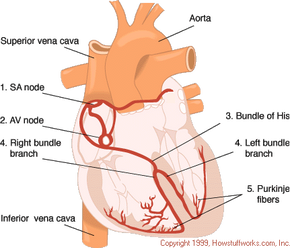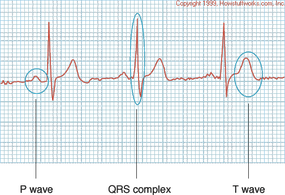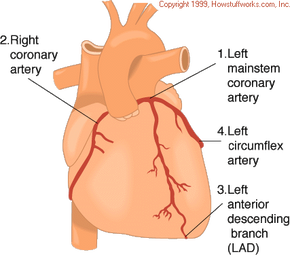Everyone knows that the heart is a vital organ. We cannot live without our heart. However, when you get right down to it, the heart is just a pump. A complex and important one, yes, but still just a pump. As with all other pumps it can become clogged, break down and need repair. This is why it is critical that we know how the heart works. With a little knowledge about your heart and what is good or bad for it, you can significantly reduce your risk for heart disease.
Heart disease is the leading cause of death in the United States. Almost 2,000 Americans die of heart disease each day. That is one death every 44 seconds. The good news is that the death rate from heart disease has been steadily decreasing. Unfortunately, heart disease still causes sudden death and many people die before even reaching the hospital.
Advertisement
The heart holds a special place in our collective psyche as well. Of course the heart is synonymous with love. It has many other associations, too. Here are just a few examples:
- have a heart - be merciful
- change of heart - change your mind
- to know something by heart - memorize something
- broken heart - to lose love
- heartfelt - deeply felt
- have your heart in the right place - to be kind
- cry your heart out - to grieve
- heavy heart - sadness
- have your heart set on - to want something badly
Certainly no other bodily organ elicits this kind of response. When was the last time you had a heavy pancreas?
In this article, we will look at this important organ so that you can understand exactly what makes your heart tick.
